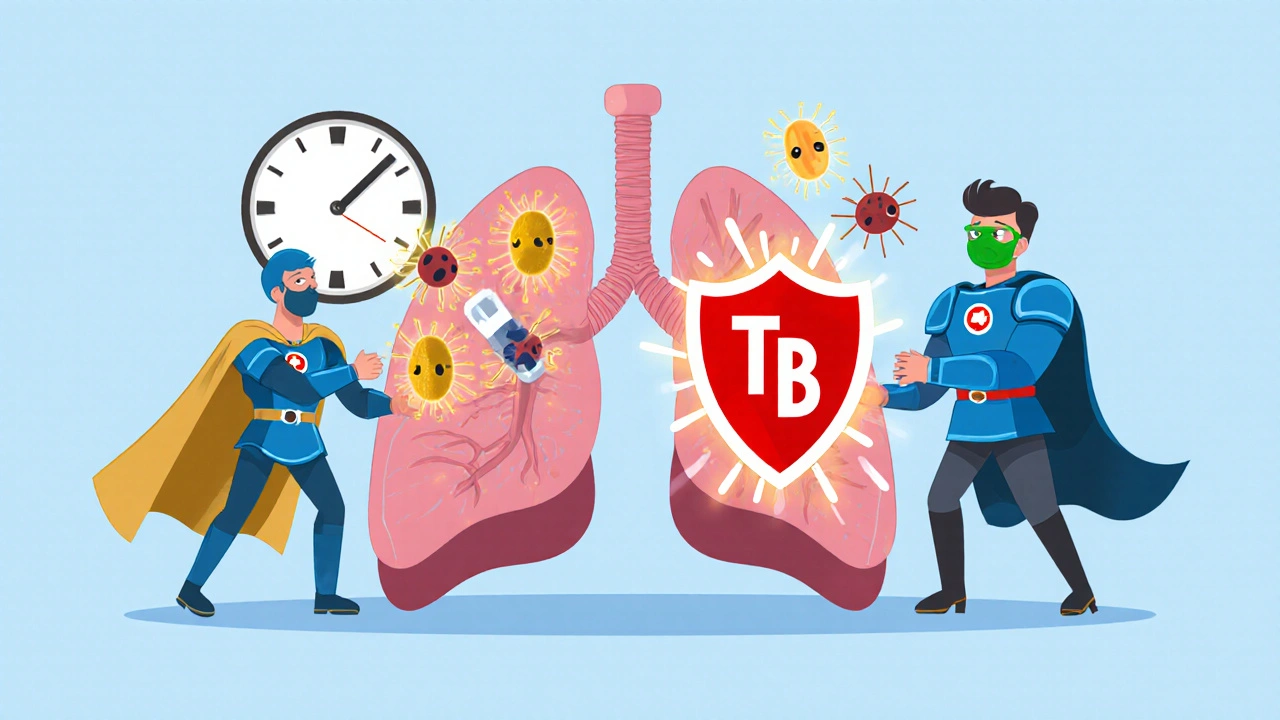When treating tuberculosis, pyrazinamide, a first-line antibiotic used specifically for active TB infections. Also known as PZA, it's one of the few drugs that can kill dormant TB bacteria hiding in acidic environments like lung cavities. Without pyrazinamide, TB treatment would take much longer and be less effective. It’s not used alone — it’s always paired with other drugs like isoniazid and rifampin to stop the bacteria from becoming resistant.
Pyrazinamide works by disrupting the energy production of TB bacteria in their dormant state, something most antibiotics can’t do. That’s why it’s critical in the first two months of treatment. But it’s not gentle — it can cause liver stress, joint pain, and nausea. That’s why doctors monitor liver enzymes closely during treatment. If someone can’t tolerate pyrazinamide, alternatives like ethambutol or newer drugs like bedaquiline may be considered, especially in drug-resistant cases.
Drug-resistant TB is a growing problem worldwide. When pyrazinamide stops working, treatment becomes harder, longer, and more expensive. That’s why it’s so important to take every pill exactly as prescribed. Missing doses or stopping early can lead to strains of TB that no longer respond to standard drugs. In places with high TB rates, pyrazinamide remains a cornerstone — not because it’s perfect, but because few other drugs can do what it does.
People on pyrazinamide often need to avoid alcohol, manage their diet, and watch for signs of liver trouble. It’s not just about taking a pill — it’s about understanding how your body reacts and working with your doctor to adjust if things go wrong. The posts below cover real cases, comparisons with other TB drugs, and practical advice for staying on track during treatment.

Isoniazid has long been the standard for TB treatment, but safer, shorter alternatives like rifampin and rifapentine are now preferred. Learn which options work best for active and latent TB-and when to avoid isoniazid.
read more